Improving your 100m sprint time is a goal that many athletes aspire to achieve, and when you try Dr. Garrett Drumheller's explosive sprint training program, you're one step closer to sprinting success. As the founder of The Nordstick, Dr. Garrett has crafted a unique regimen that incorporates both strength and speed exercises to maximize your power and efficiency on the track.
This program is designed for sprinters like you who are eager to boost their performance through targeted workouts such as ab rollouts, push-ups, and glute ham curls, all of which are integral to building the explosive power needed for the 100-meter dash.
By following this comprehensive sprint training program and incorporating these exercises into your routine, you can steadily increase your top speed and improve your overall fitness level. Whether you're a seasoned track athlete or just starting your sprinting journey, Dr. Garrett's approach offers the guidance and motivation you need to enhance your sprint time and reach the finish line faster than ever.
Key Takeaways
- Unlock your sprint potential: Dr. Garrett's training program focuses on building explosive power and refining your technique to help you shave crucial seconds off your 100m time.
- Tailored drills for maximum speed: Incorporating specific sprint drills, strength training, and form adjustments, this program is designed to enhance your acceleration and top-end speed.
- Consistency and progression: Following Dr. Garrett's structured program ensures steady improvement, helping runners of all levels achieve faster 100m times.
Meet Dr. Garrett Drumheller
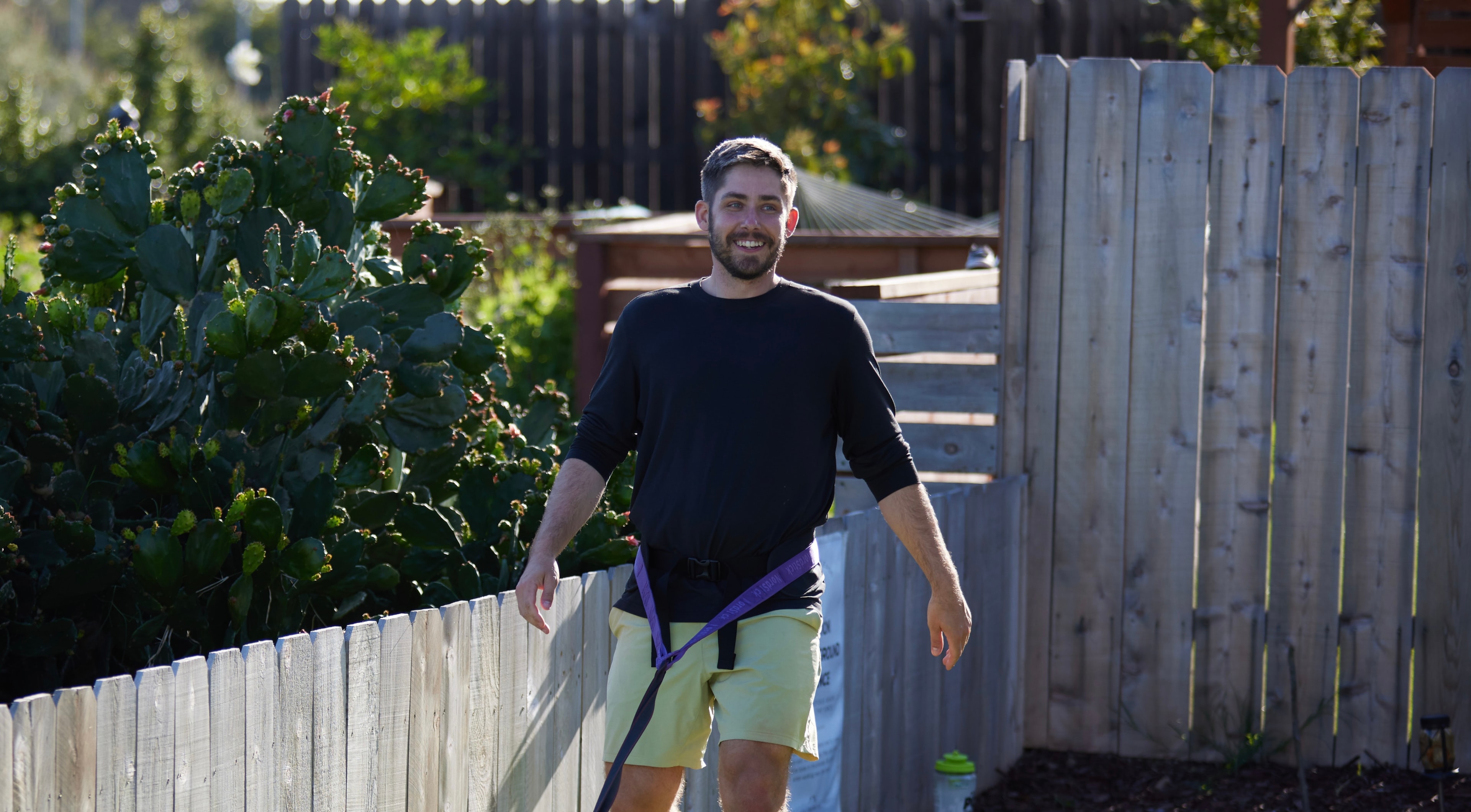
The Man Behind Nordstick
Dr. Garrett Drumheller, PT, DPT, SCS, CSCS, is the inventor behind the Nordstick and has played a pivotal role in popularizing the Nordic Curl exercise in recent years. As a committed sports physical therapist at a leading D1 University, Garrett grew frustrated with the frequent oversight of the Nordic Curl—a highly beneficial exercise in sprint workout, speed training, and various other athletic endeavors—often overlooked due to insufficient resources.
Fueled by a passion for change, he came up with the concept of the Nordstick in May 2020. This cost-efficient tool provides a convenient and flexible means to securely anchor one's feet, making it possible to perform the Nordic Curl anywhere, anytime.
Since then, he has developed an entire line of efficient workout equipment that can help you improve your physical performance from the comfort of your home. Garrett embarked on this endeavor with modest hopes of impacting the fitness culture in small universities but unknowingly sparked a worldwide movement.
Now at the helm of Nordstick, his mission has extended into a larger vision: democratizing fitness by ensuring it's financially accessible for everyone. In this pursuit, he dreams of a world where individuals can embrace an active lifestyle and say "yes" to participating in life rather than merely observing from the sidelines.
His Journey to Sprinting Excellence
Dr. Garrett Drumheller's journey to sprinting excellence began in his early athletic career, where he faced the same challenges many sprinters do: the quest for speed and the constant battle against injuries.
Through years of dedicated training and education in sports science, he discovered the transformative power of combining strength training with speed exercises. His relentless pursuit of improvement led him to develop specific workouts like ab rollouts, push-ups, and glute ham curls to build explosive power.
Dr. Garrett’s personal experiences and scientific insights culminated in the creation of his sprint training program, which can revolutionize how athletes train for the 100-meter dash. Today, his methods are recognized for their effectiveness, helping athletes enhance their performance and achieve their sprinting goals. Dr. Garrett's journey is a testament to the impact of targeted training and the pursuit of athletic excellence.

Let's Get Into the Program
1. Warm-Up & Dynamic Stretching
Purpose: Prepares your body for high-intensity sprinting, reducing the risk of injury.
Routine:
-
5-10 Minute Jog: Start with a slow jog to gradually increase your heart rate.
-
Dynamic Stretches (2-3 sets):
-
Leg Swings: 10 reps per leg.
-
High Knees: 30 seconds.
-
Butt Kicks: 30 seconds.
-
Walking Lunges: 10 reps per leg.
-
Focus: Activating the muscles used in sprinting to ensure they are ready for explosive movement.
2. Core Strengthening
Purpose: Builds a strong and stable core, essential for maintaining form and generating power during sprints.
Exercise: Multi Slider Ab Rollouts
-
Sets/Reps: 2-3 sets of 8-10 reps.
-
How to Perform:
-
Kneel on the ground with a Multi Slider under each hand.
-
Slowly slide your hands forward, extending your body while keeping your core tight.
-
Use your core muscles to pull the sliders back to the starting position.
-
Progression: Increase reps as your core strength improves.
3. Power Building
Purpose: Develops upper body strength to support explosive sprinting.
Exercise: Multi Slider Push-Ups
-
Sets/Reps: 3 sets of 12-15 reps.
-
How to Perform:
-
Start in a plank position with a Multi Slider under each hand.
-
Lower your body until your chest nearly touches the ground.
-
As you push back up, slide one hand outward to add resistance, then bring it back as you lower for the next rep.
-
Variations: Try sliding both hands outward at the same time to increase intensity.
4. Speed & Strength Workouts
Purpose: Enhances lower body power and stability, crucial for sprinting.
A. Multi Slider Glute Ham Curls
-
Sets/Reps: 3 sets of 8-10 reps.
-
How to Perform:
-
Lie on your back with a Multi Slider under each heel.
-
Lift your hips off the ground into a bridge position.
-
Slide your heels toward your glutes, engaging your hamstrings.
-
Slowly extend your legs back to the starting position while keeping your hips lifted.
-
B. Multi Slider Reverse Lunges
-
Sets/Reps: 3 sets of 10-12 reps per leg.
-
How to Perform:
-
Stand with feet hip-width apart, with one foot on a Multi Slider.
-
Slide the foot on the slider back into a lunge position, lowering your body until both knees form 90-degree angles.
-
Push through the front heel to return to the starting position.
-
Alternate legs with each rep.
-
5. Sprint Sessions & Interval Training
Purpose: Boosts speed, cardiovascular fitness, and endurance.
Routine:
-
Sprint Sessions:
-
Perform 8-10 sprints of 100 meters.
-
Rest 1-2 minutes between each sprint.
-
-
Interval Training: Alternate between full sprint efforts and light jogging or walking for recovery.
Progression: Gradually reduce rest time between sprints or increase the number of sprints as your fitness improves.
Program Structure:
-
Frequency: Perform this program 3-4 times per week.
-
Rest Days: Include at least one rest day between sessions to allow recovery.
-
Duration: Follow this program for 12 weeks to maximize your 100-meter dash improvement.
Why Explosive Speed Training Matters
Explosive sprint training is crucial for sprinters because it focuses on developing the fast-twitch muscle fibers essential for high-speed performance. Unlike traditional endurance exercises, explosive training emphasizes short, intense bursts of activity.
This approach maximizes muscle power and enhances neuromuscular coordination, directly translating to quicker acceleration and faster sprint times. Dr. Garrett Drumheller’s sprint training program incorporates exercises like plyometrics, sprints, and strength training to build the explosive power needed for a competitive edge in the 100-meter dash.
By targeting key muscle groups and improving overall athletic performance, explosive training helps athletes reduce their sprint times and achieve their peak potential. Dr. Garrett’s program is designed to harness this power, providing a structured and effective regimen that ensures athletes can push their limits and reach new heights in their sprinting careers.
The Reason Behind Every Exercise
Warm-Up and Dynamic Stretching
A proper warm-up and dynamic stretching routine is essential to prepare your body for the intense demands of explosive training.
Begin with a slow jog for 5-10 minutes to gradually increase your heart rate and blood flow to the muscles. Follow this with dynamic stretches, which involve active movements that stretch the muscles and improve their range of motion.
Key exercises include leg swings, high knees, butt kicks, and walking lunges. These movements help activate the muscles you'll be using during your sprint workouts and reduce the risk of injury.
Incorporating dynamic stretching into your warm-up routine ensures that your muscles are flexible and ready for high-intensity activities, allowing you to train more effectively and improve your performance on the track. Dr. Garrett Drumheller emphasizes the importance of this preparatory phase in his Explosive Training Program to maximize the benefits of each workout session.

Core Strengthening with Ab Rollouts
Core strength is a vital component for sprinters, as it provides stability and power during high-speed runs. Ab rollouts are an excellent exercise for targeting the core, specifically the abdominals and lower back muscles.
This exercise not only strengthens your core but also improves your balance and overall body control, which are crucial for maintaining proper form during sprints. Dr. Garrett Drumheller includes ab rollouts with the Multi Slider to ensure that athletes develop a strong and stable core, enhancing their sprinting performance and reducing the risk of injury.
Building Power with Push-Ups
Push-ups are a fundamental exercise in your sprint training program because it is designed to build upper body strength and power. This simple yet effective exercise targets the chest, shoulders, triceps, and core.
Building upper body strength through push-ups enhances sprinting power and contributes to better overall athletic performance. Dr. Garrett includes push-ups in his program to ensure athletes develop the necessary strength to support their explosive speed on the track.
Speed and Strength Workouts
Glute Ham Curls for Powerful Legs
Glute ham curls are an essential exercise in developing powerful leg muscles, crucial for sprinting success. This exercise specifically targets the hamstrings, glutes, and lower back, promoting balanced muscle development and reducing the risk of injury.
Incorporating glute ham curls into your training routine builds strength and explosive power in the posterior chain, enhancing your ability to accelerate and maintain top speed during sprints. Dr. Garrett Drumheller emphasizes this exercise in his Speed and Strength Workouts, ensuring that athletes develop the lower body strength necessary for peak sprinting performance.
Reverse Lunges for Stability
Reverse lunges are a key component in any sprint training program. It aims to enhance stability and strength in the lower body. This exercise targets the quadriceps, hamstrings, glutes, and calves while also improving balance and coordination.
Reverse lunges are particularly effective for developing unilateral strength and addressing muscle imbalances, which are crucial for maintaining proper form and reducing the risk of injury during sprints. By incorporating reverse lunges into the Speed and Strength Workouts, Dr. Garrett ensures that athletes build the stability and power needed for explosive starts and sustained speed on the track.
Sprint Sessions and Interval Training
Sprint sessions are designed to enhance speed and cardiovascular fitness. These high-intensity workouts involve alternating between short bursts of full sprint efforts and recovery periods of light jogging or walking.
For instance, a typical session might include 8-10 sprints of 100 meters, with 1-2 minutes of rest between each sprint. This type of training pushes your body to adapt to high-speed demands, improving both aerobic and anaerobic capacity.
Interval training also helps in building endurance and burning fat, making it an efficient workout for overall fitness improvement. By incorporating sprint sessions into the Speed and Strength Workouts, athletes not only increase their top speed but also develop the stamina to maintain it throughout the 100-meter dash. This combination of speed and endurance is crucial for reaching the finish line faster.

How to Get Started
Assess your current fitness level to tailor the program to your needs. Ensure you have the necessary equipment, such as an ab wheel and resistance bands, and access to a track or open space for sprint sessions.
Schedule your workouts to include a mix of strength training and sprint exercises, allocating specific days for each type of workout. For example, you might dedicate Mondays and Thursdays to strength training with exercises like push-ups and glute ham curls and Tuesdays and Fridays to sprint sessions and interval training.
Prioritize a proper warm-up and dynamic stretching routine before each workout to prevent injuries. Consistency is key, so aim to train at least four times a week, gradually increasing intensity and volume. With dedication and the right approach, you'll be on your way to improving your 100m sprint time.
FAQs
What is a good time to run 100m?
A good time to run 100 meters varies depending on age, gender, and athletic experience. For elite male athletes, a time under 10 seconds is exceptional, while times between 10 and 11 seconds are considered highly competitive. For female elite athletes, breaking 11 seconds is a significant achievement, with times between 11 and 12 seconds being very competitive.
For high school athletes, boys typically aim for times under 11 seconds, while girls aim for times under 13 seconds. Recreational runners or those new to sprinting might find times between 12 and 15 seconds for men and 14 to 17 seconds for women to be good benchmarks. Regardless of your starting point, Dr. Garrett Drumheller's Explosive Training Program is designed to help you improve your sprint time by focusing on strength, speed, and proper technique. With consistent training, you can steadily progress towards achieving your personal best.

How much can you improve your 100m?
The extent to which you can improve your 100m sprint time depends on several factors, including your current fitness level, training consistency, and dedication to proper technique. For beginners, substantial improvements of several seconds are possible within a few months of targeted training. Intermediate athletes might see improvements ranging from 0.5 to 1.5 seconds with consistent effort over several weeks.
Elite athletes who are already near their peak performance may find that shaving even 0.1 to 0.3 seconds off their time is a significant achievement. Dr. Garrett Drumheller's Explosive Training Program is specifically designed to help sprinters at all levels enhance their speed and efficiency through a combination of strength training, sprint workouts, and proper form. By following the program and staying committed, you can make noticeable progress and push your limits, ultimately achieving faster 100m sprint times.

How many 30-second sprints should I do?
The number of 30-second sprints you should perform depends on your fitness level and training goals. For beginners, starting with 4-5 sprints per session is a good approach, allowing sufficient recovery time between each sprint to maintain high intensity. As your fitness improves, you can gradually increase to 6-8 sprints per session.
Intermediate and advanced athletes might aim for 8-10 sprints, ensuring they push their limits while maintaining proper form. Each sprint should be followed by a rest period of 1-2 minutes to allow for recovery and to sustain high performance in successive sprints. Dr. Garrett Drumheller's Explosive Training Program emphasizes quality over quantity, so it's essential to focus on maintaining maximum effort during each sprint. By progressively increasing the number of sprints and ensuring adequate rest, you can enhance your speed, endurance, and overall sprinting performance.
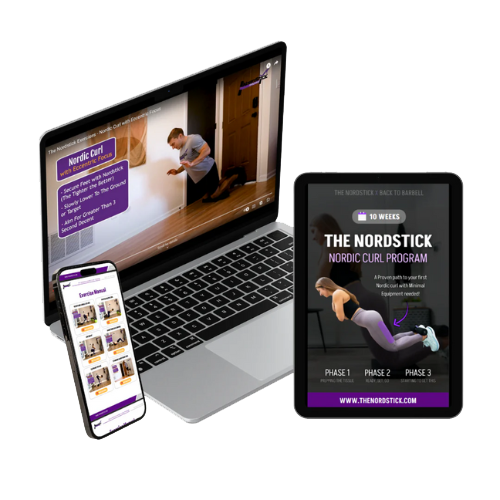


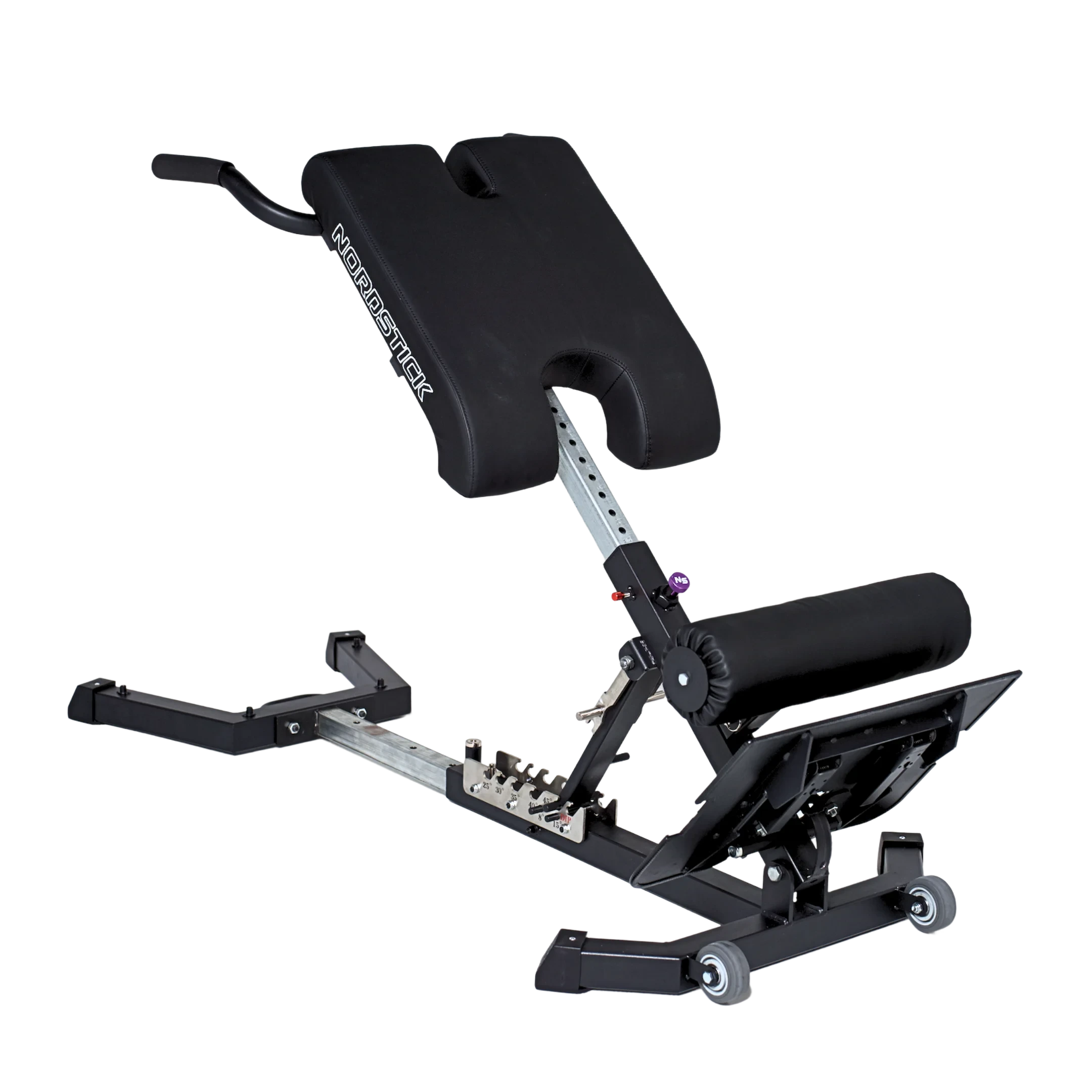
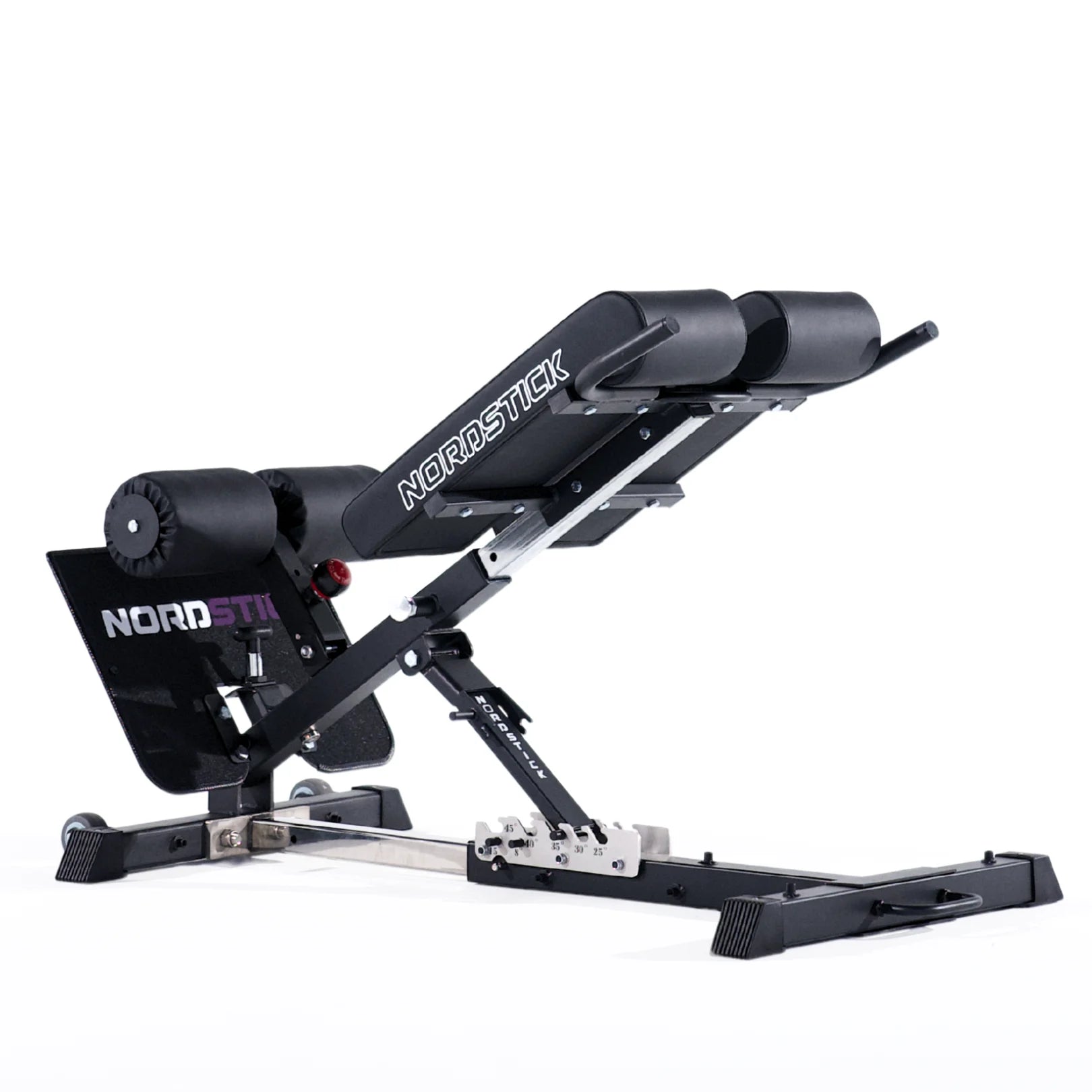





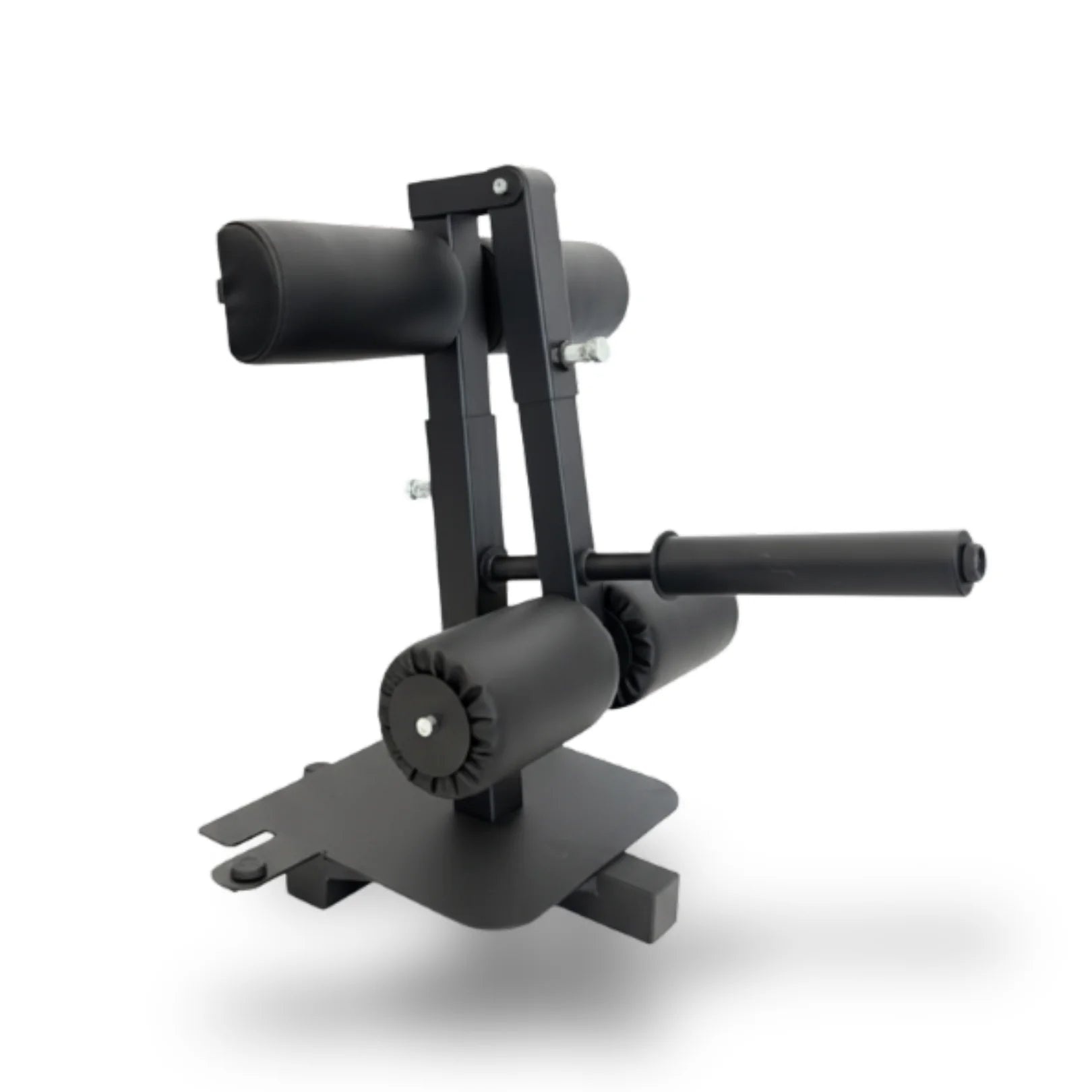
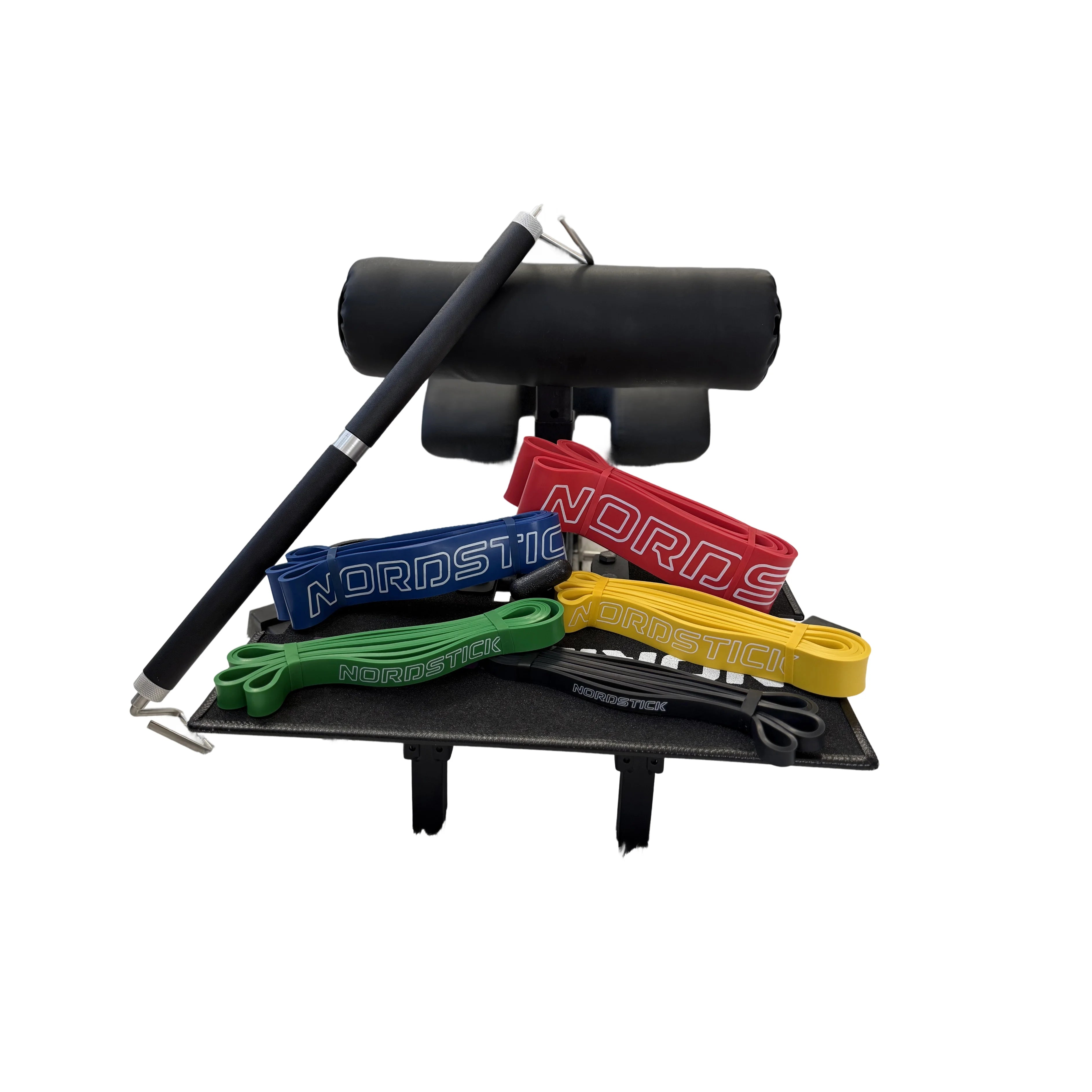
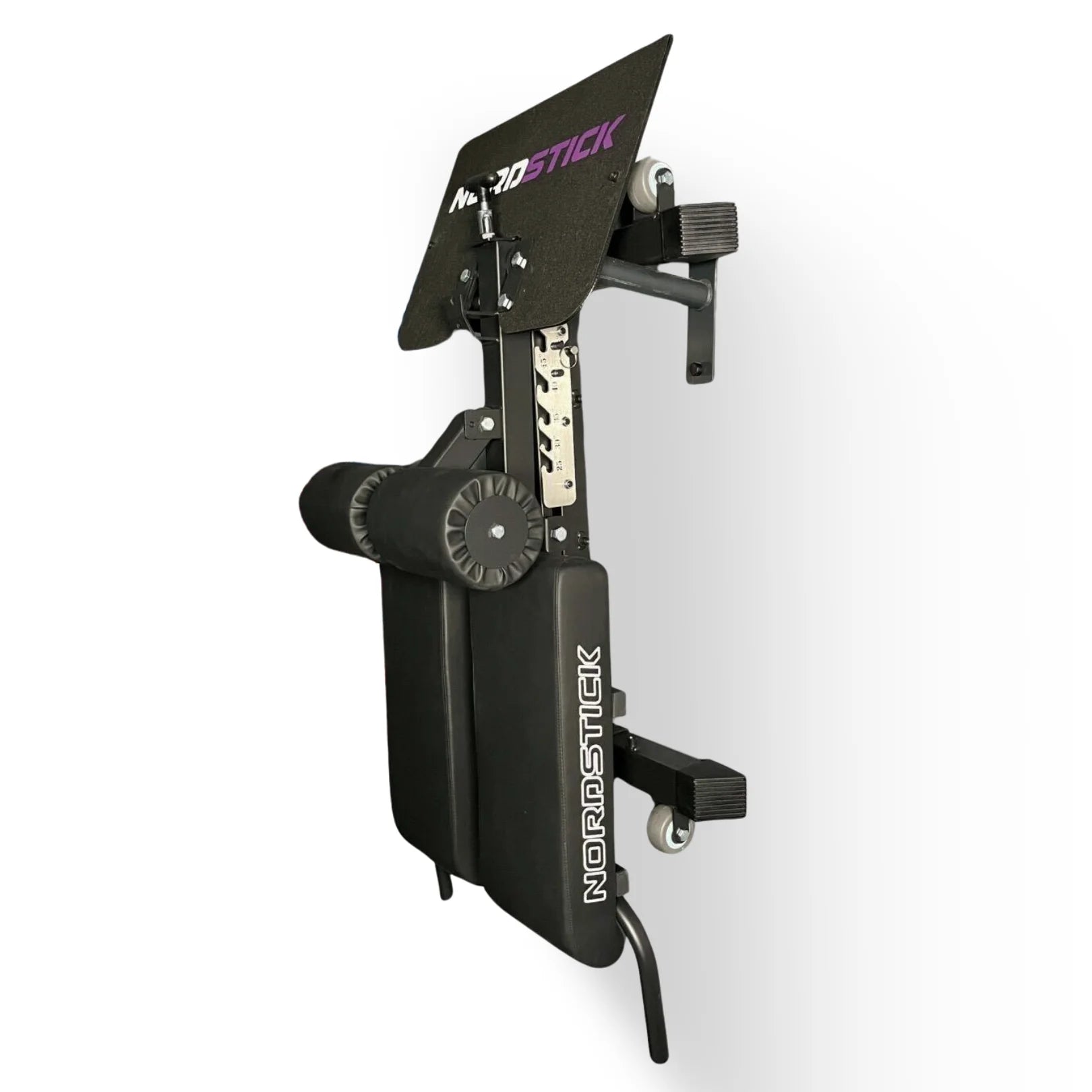
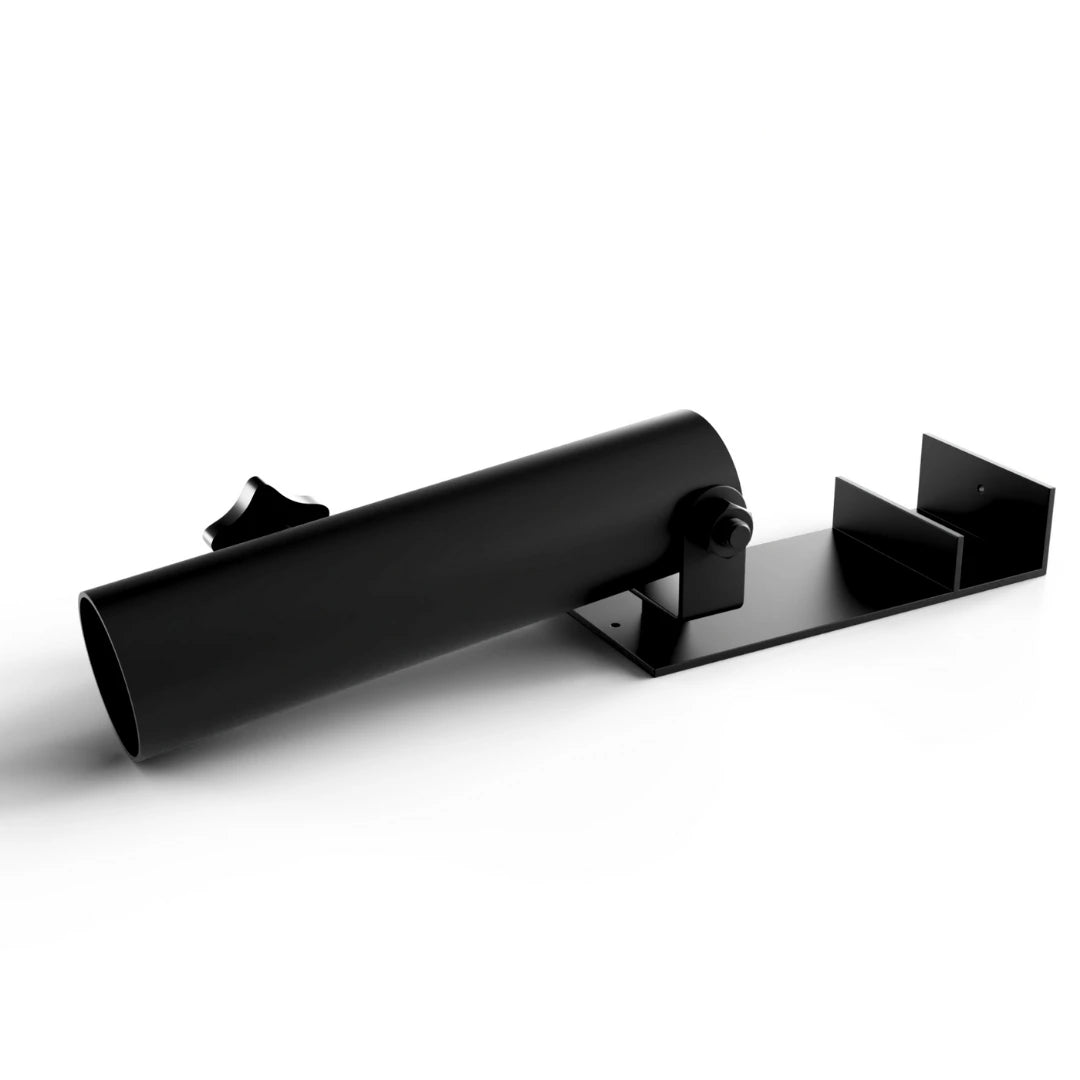
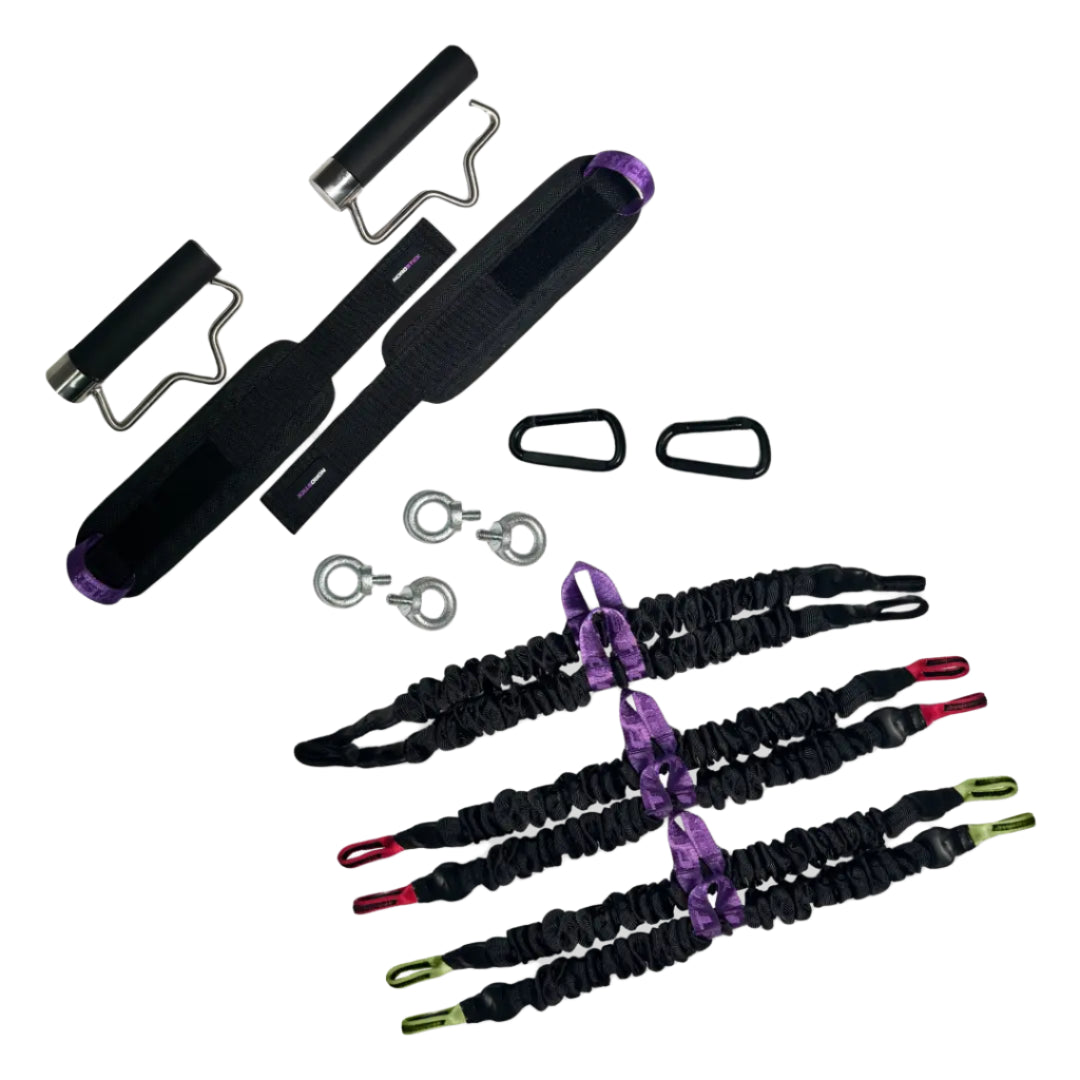
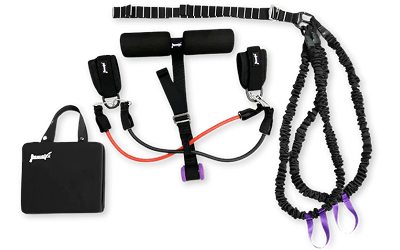
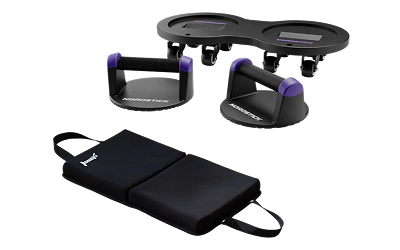
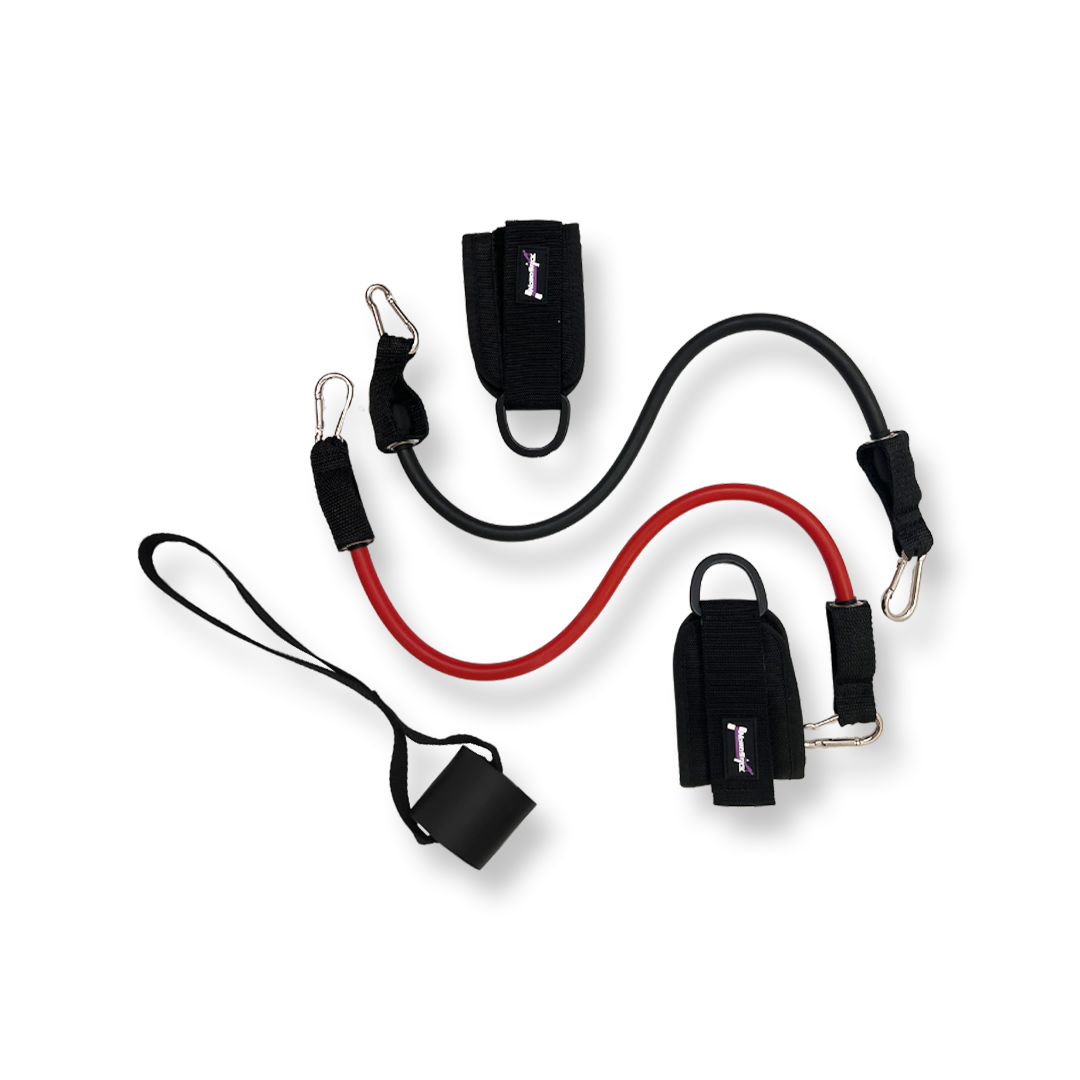
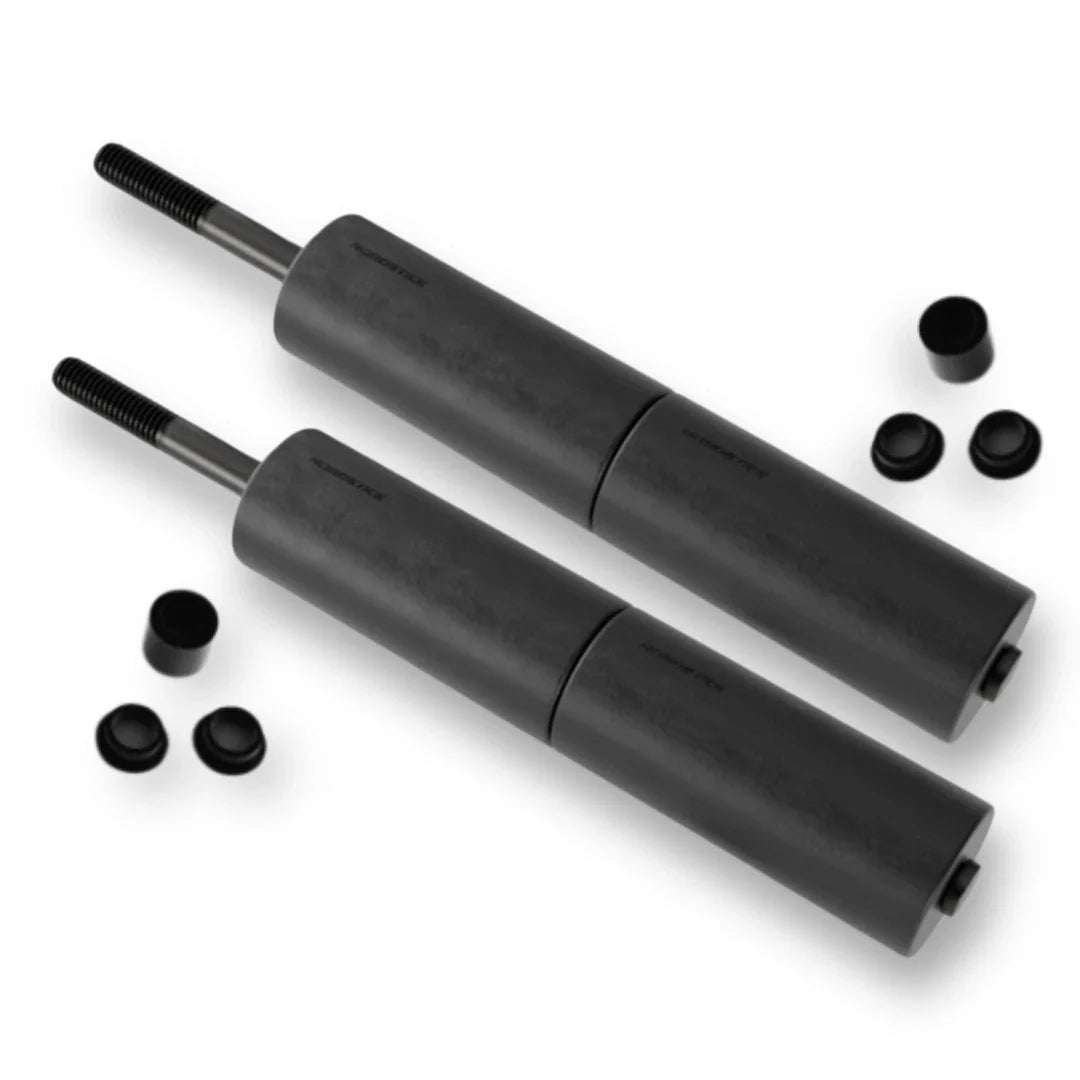
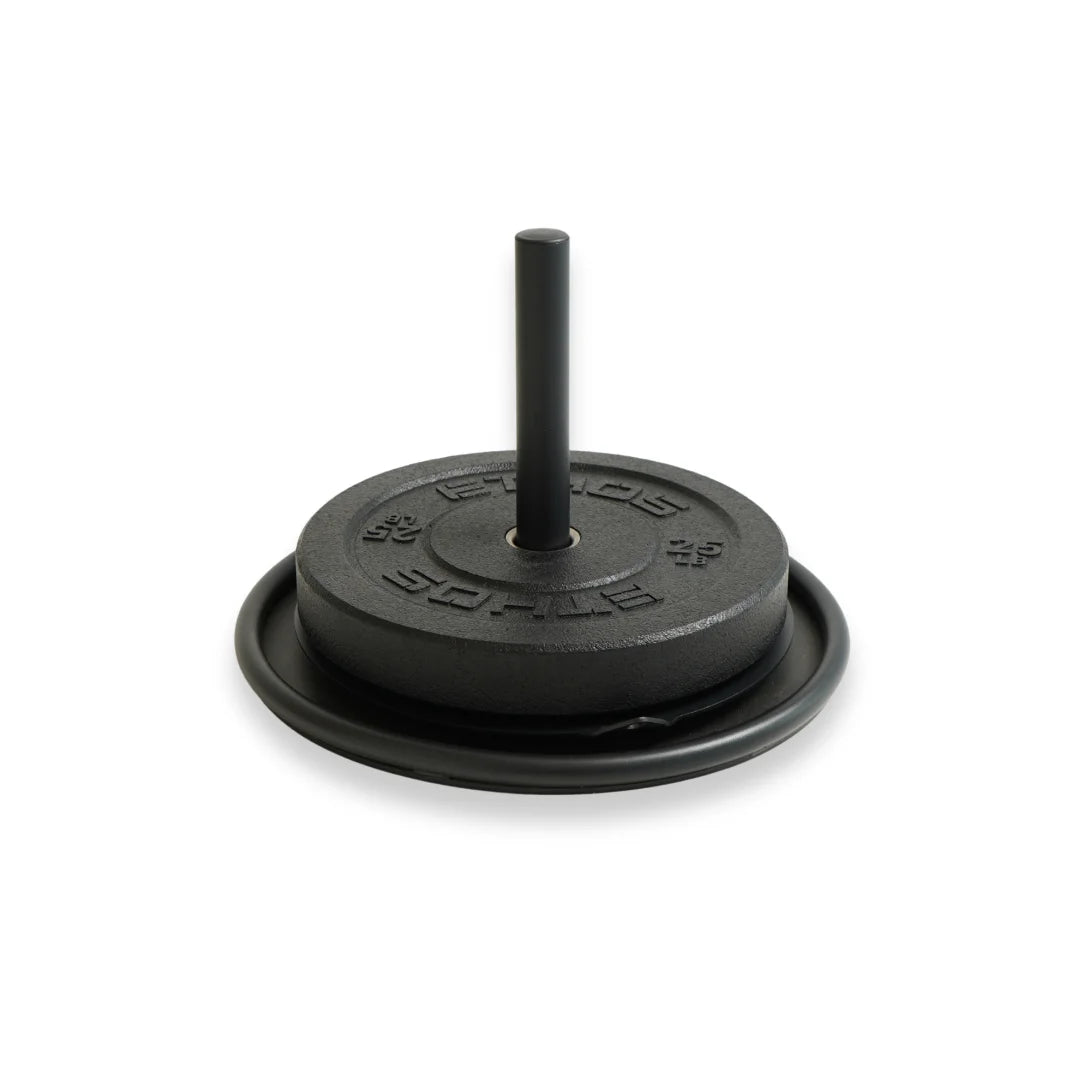
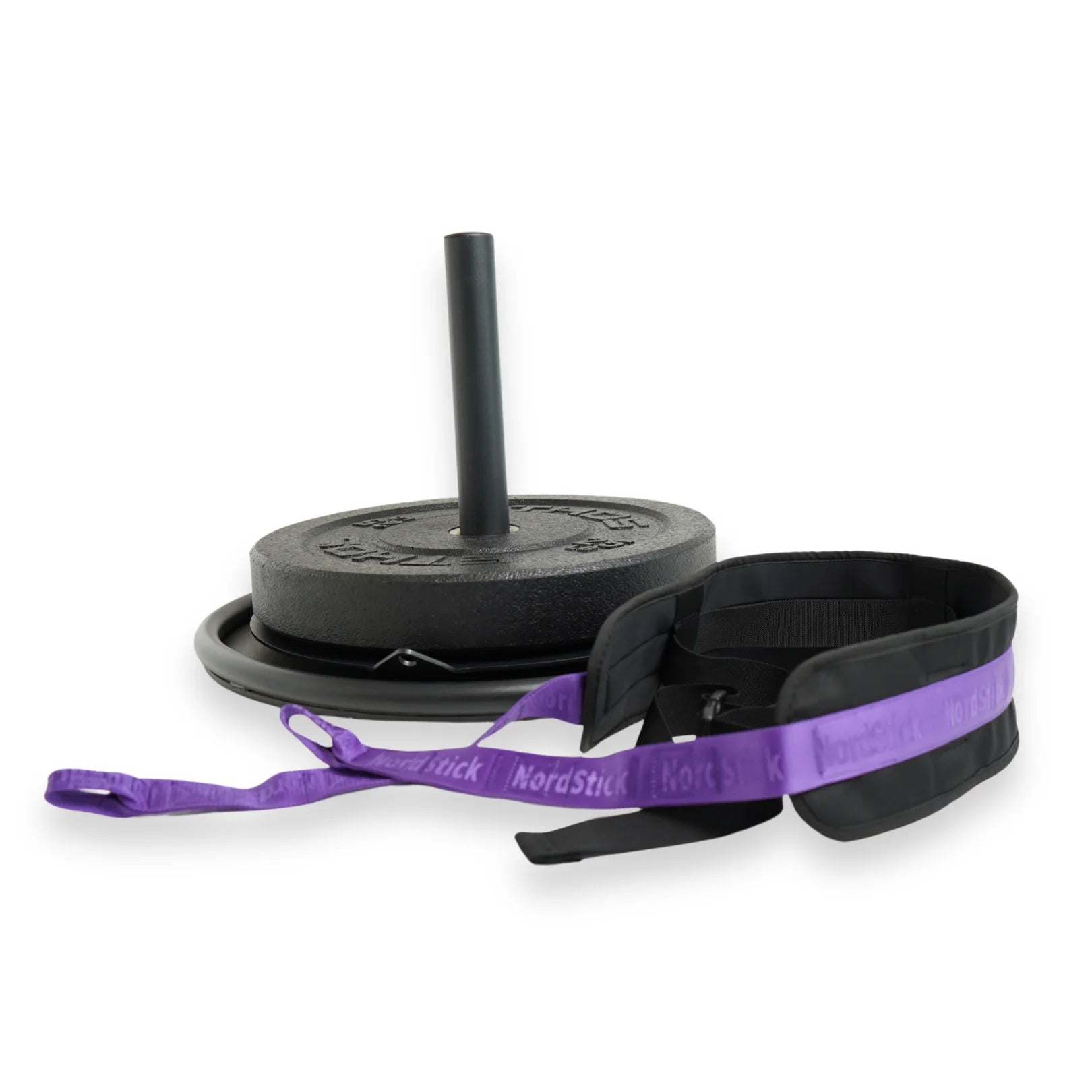
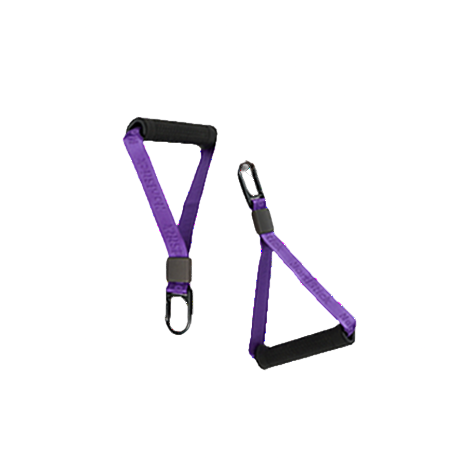

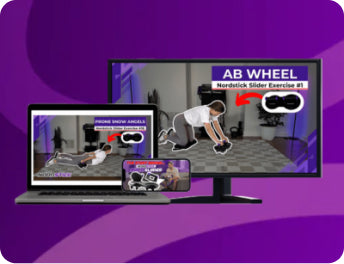


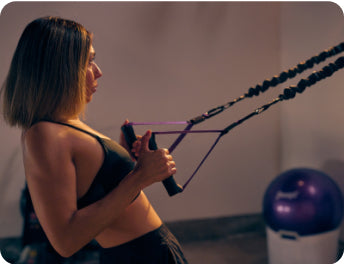


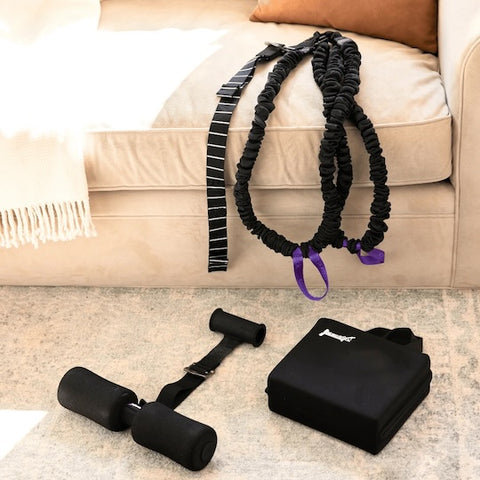


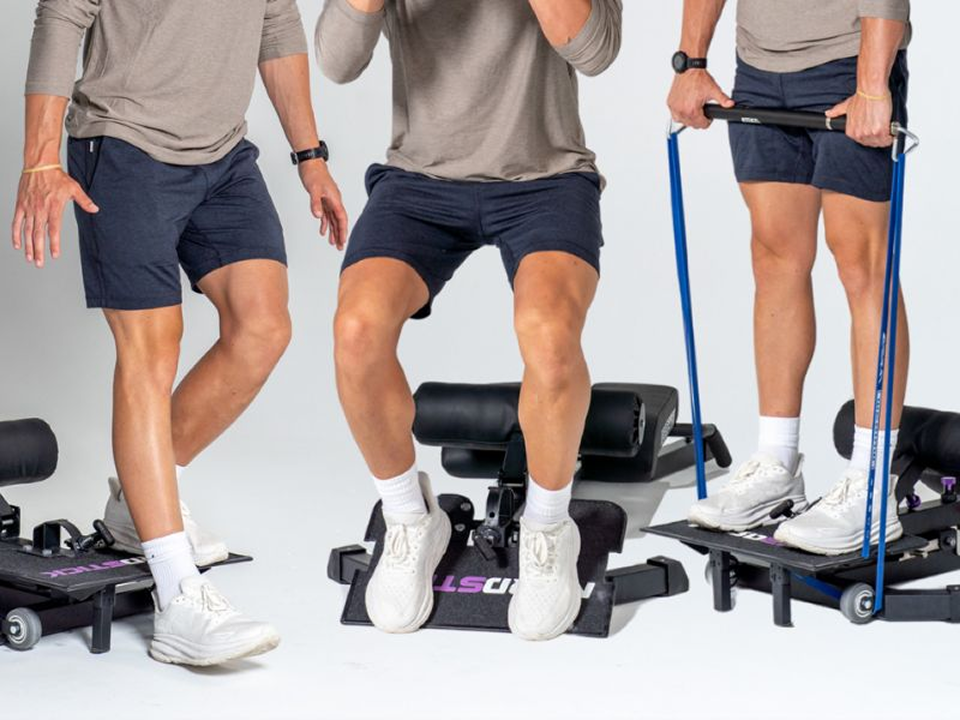
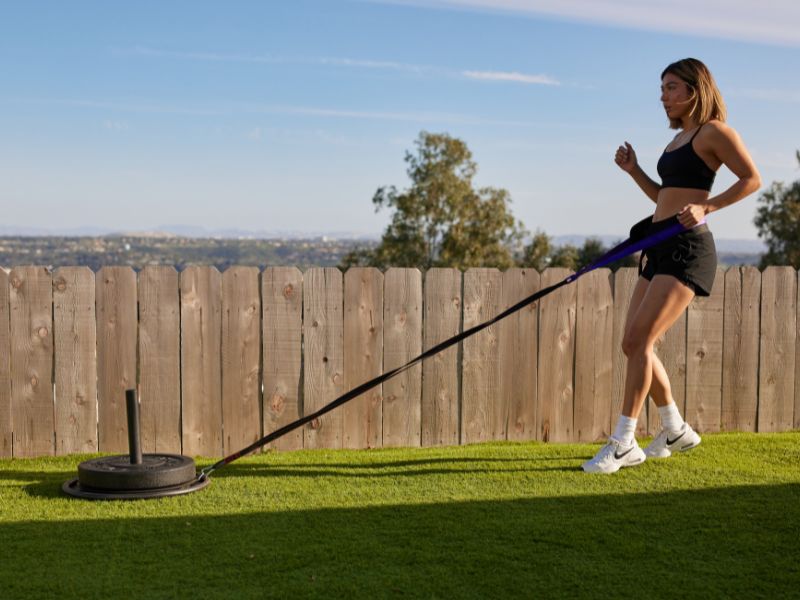

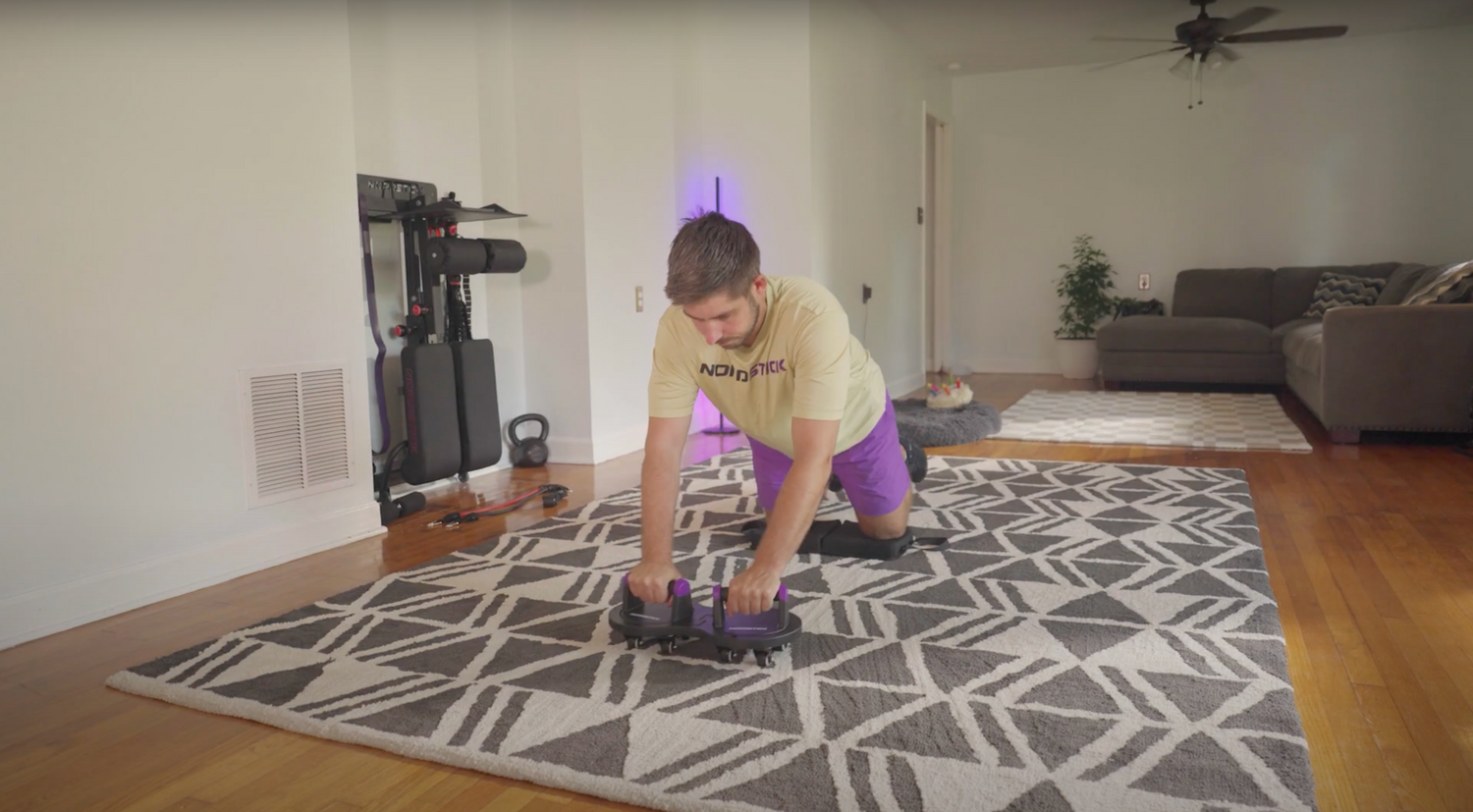
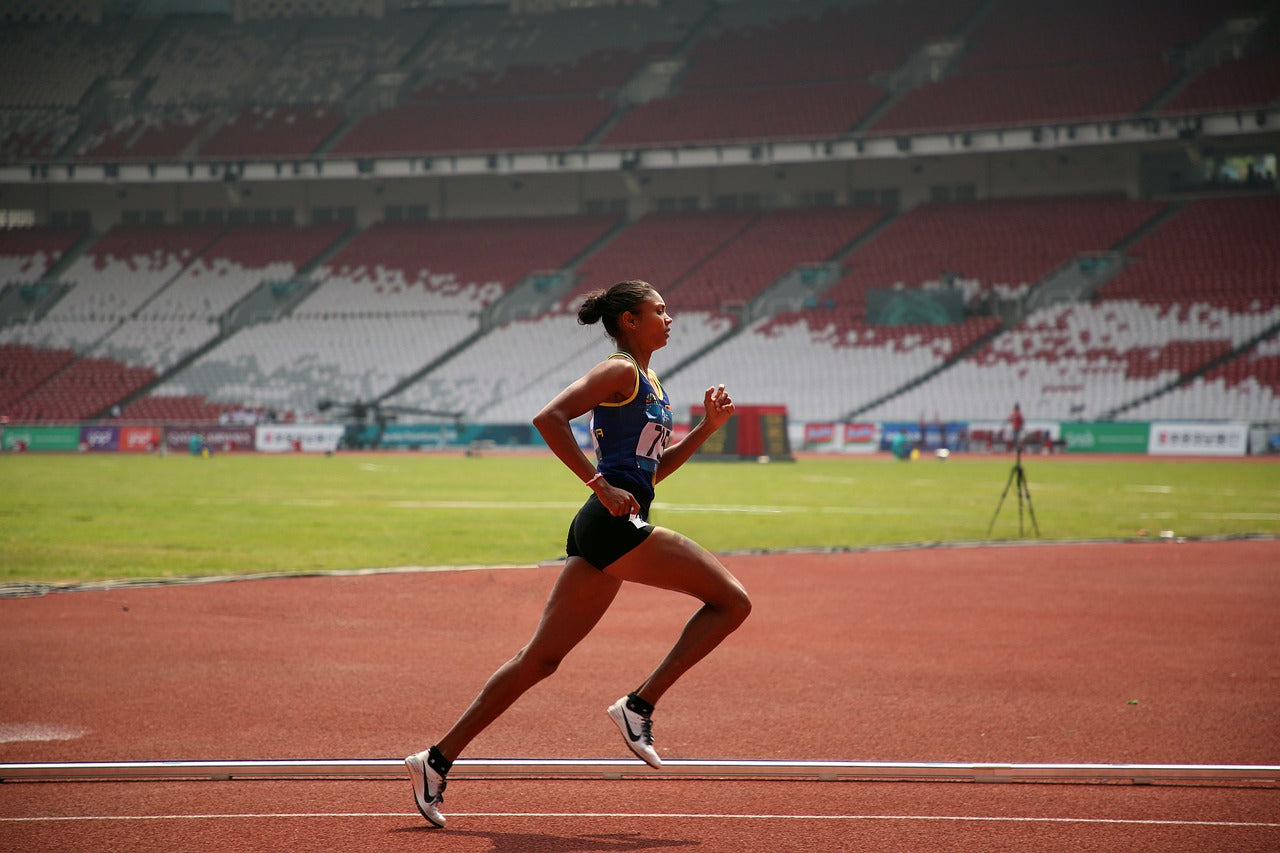




Leave a comment
This site is protected by hCaptcha and the hCaptcha Privacy Policy and Terms of Service apply.